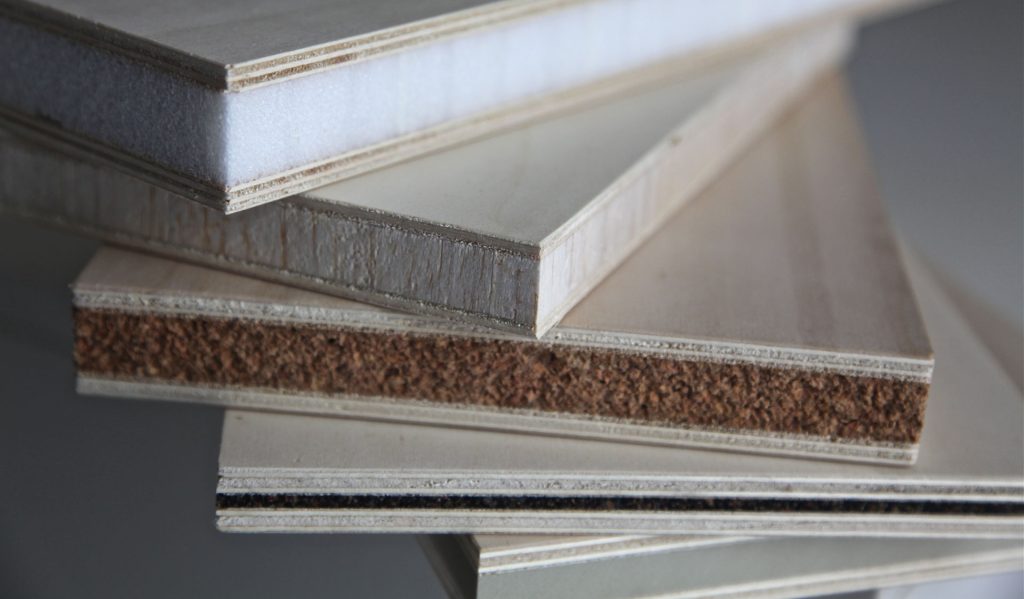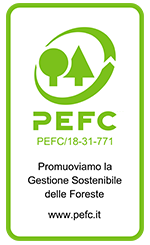Environmental Protection
DIRECTLY FROM NATURE, AN EXTRAORDINARY MATERIAL WITH THOUSANDS OF POSSIBILITIES
Poplar is beautiful. Because it’s synonymous with environmental protection, understood as improving air and water quality, increasing the biodiversity of natural habitats, and being a renewable source of non-climate-altering energy. Because it means sustainable economic development and employment recovery for the entire supply chain involved, from the agroforestry system that produces the raw material to the processing and transformation realities.. And because, if cultivated according to traditional 10-12 year rotations, it produces top-quality wood, with highly performing physical and mechanical characteristics in various application fields. . The production of plywood is the crowning glory.
EPF data confirms the positive contribution of the wood sector to the climate, as it avoids an amount of CO2 equivalent to 20% of the total emissions linked to the use of fossil fuels in the European Community every year.
Source: www.europanels.org
... BECAUSE IT'S GOOD FOR THE ENVIRONMENT
AIR
Like all fast-growing species, poplar has a remarkable ability to purify the air, removing something like 70-140 liters of carbon dioxide every hour and releasing an equal amount of oxygen. The carbon storage function (Carbon sink) continues even after the wood has been transformed into a finished product.
WATER
Poplar can distill the water it absorbs from the soil and return it pure, through transpiration, to the atmosphere. It is also used to create wooded buffer strips on agricultural land near watercourses, to promote nitrate absorption and prevent water eutrophication.
SOIL AND LANDSCAPE
Poplar can distill the water it absorbs from the soil and return it pure, through transpiration, to the atmosphere. It is also used to create wooded buffer strips on agricultural land near watercourses, to promote nitrate absorption and prevent water eutrophication.
LESS CO2, MORE OXYGEN
As a plant or processed product, poplar plays a crucial role in storing carbon in the atmosphere.
... BECAUSE IT'S BENEFICIAL FOR AGRICULTURE
Sustainable economic development, product differentiation, and therefore integration into company income. Poplar cultivation generates new economic and employment opportunities for agricultural companies. So much so that it constitutes a high entrepreneurial value choice.
- Grows quickly
- Requires less water compared to other crops (such as corn) and adapts well to different pedoclimatic contexts
- Resistant to diseases and drought
- Easily develops in association with other species
- Produces quality wood for the processing industry
- Produces biofuel for energy
- Represents the most advanced form of timber arboriculture
SIGNIFICANT PRODUCTIVITY
Poplar grows from 25 to 35 cm a year compared to the 9 average of Italian forests; from one hectare of poplar with a ten-year cycle, 9 quintals of wood are obtained. Excellent results to which the genetic experimentation of new clones has contributed. One above all, the Italian I214.

... BECAUSE IT'S AN EXCELLENT MATERIAL FOR THE TRANSFORMATION INDUSTRY, STARTING WITH PLYWOOD
If the raw material is of quality, the derivatives are equally so. If the raw material is suitable for various uses, then we are talking about poplar wood cultivated according to the traditional cultivation module.
Today, thanks also to the selection of genetically superior clones and the development of processing techniques aimed at enhancing its strong “natural” points, poplar wood is the pillar of the plywood industry, to which it guarantees a raw material of absolute excellence. But it also plays an important role for the furniture industries, luxury furniture, paper. It is a homogeneous, light, multifunctional wood, easy to work with, and also has good resistance to loads, making it extremely efficient when used as a structural element as an alternative to other materials.

... AND BECAUSE IT'S A SOURCE OF HIGH-YIELD RENEWABLE ENERGY
Poplar equals renewable energy. It certainly ranks among the tree species dedicated to higher performance, as more than others, it optimizes the productive yield of biomass that will be used to produce thermal and electric energy. Both quantitatively and qualitatively.


